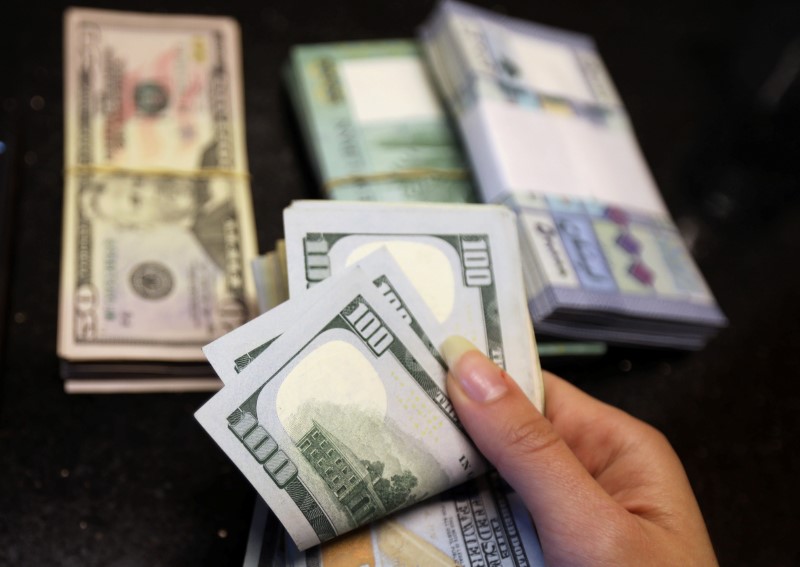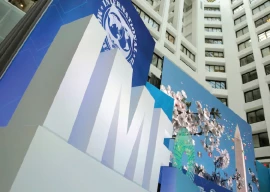
As widely expected, the United States central bank, the Federal Reserve (Fed), has hiked the benchmark interest rate by 25 basis points (0.25 percentage point) in a bid to tame inflation. It is for the first time since December 2018 that Fed has raised the lending rate.
Since the outbreak of Covid-19 in March 2020, the interest rate had been kept close to zero as part of fiscal and monetary expansion to cope with the adverse economic repercussions of the pandemic. After contracting 3.4% in 2020, the world’s largest economy rebounded and registered 6% growth in 2021. But in the face of increase in aggregate demand, inflationary pressures built up. In February 2022, CPI inflation reached 7.8% – one of the highest in recent years.
Even before the Russian invasion of Ukraine, it was on the cards that Fed would jack up the interest rate to curb the price increase, which generally accompanies the acceleration of economic growth. However, the Ukraine crisis, which has set off supply-side inflation, made it all the more necessary for the central bank to raise the lending rate. It has also been indicated that during the rest of the year 2022, the lending rate will be increased another six times.
The increase in the benchmark interest rate will drive up the cost of bank borrowing, which in turn will enhance the cost of consumer finance and will thus put the brakes on consumer expenditure in the US. However, since the US is the world’s largest economy and the lynchpin of the global economic, financial and exchange rate systems, changes in its macroeconomic policies, such as the increase in interest rate, are bound to affect not only the American citizens and legal persons but also the rest of the world. An increase in interest rate increases returns on investment from abroad and thus makes an economy more attractive for short-term international investors.
Therefore, in the wake of the interest rate increase, the US will receive greater portfolio investment. To put it differently, the portfolio investment will be diverted from other countries to the US. Low interest rates in the US over the last two years had made it easier for several developing countries including Pakistan to attract considerable foreign portfolio investment (FPI). During FY21, Pakistan received $2.76 billion in FPI, while during Jul-Jan FY22, the FPI reached $651 million.
To forestall the imminent diversion of FPI, these countries will have to raise their interest rates. In Pakistan, where the benchmark interest rate is already high at 9.75%, a further increase in lending rates may help it head off possible diversion of short-term funds but such a move will be at the expense of slowing down the economic growth. For reasons explained below, it’s likely that the State Bank of Pakistan will jack up its lending rate in the next monetary policy statement because of a likely increase in inflation rate in coming months.
The increase in interest rate announced by Fed will cause the American dollar to appreciate and by comparison other currencies, including the Pakistani rupee, to depreciate. This depreciation will be over and above the recent sharp depreciation of the rupee, which had nothing to do with the interest rate in the US. The ongoing political tensions have already tested the resilience of short-term indicators including exchange rate movements, with the rupee-dollar parity reaching 180. The deterioration in the exchange value of the rupee vis-a-vis the American dollar will have considerable implications.
To begin with, the value of Pakistan’s external debt will increase, while the size of the economy expressed in terms of the US dollar will decrease. This will increase the external debt-to-GDP ratio, which is an important indicator for eligibility to borrow abroad, as well as racks up the cost of debt servicing. If greater funds are allocated to current expenditure, including debt servicing, fewer funds will be available for development spending, thus reducing long-term growth prospects. Secondly, the dollar appreciation will make Pakistan’s exports more price competitive and imports more expensive.
But whether this will usher in a reduction in trade deficit is uncertain, as a number of other variables are involved. For example, the cost of imported raw material and components will go up on the back of rupee depreciation, which will increase the prices of domestically produced goods, including the exportable goods, using imported inputs. Anyway, experience has shown that in the case of Pakistan, the currency depreciation has at best a marginal impact on increasing exports and reducing imports.
Pakistan is a fuel importer and a net food importer, for which demand is largely price inelastic. Hence, the increase in world oil and food prices will inflate our import bill. This increase will be over and above the increase in commodity prices triggered by the Ukraine situation. As a result, the country will face increased inflationary pressures, which may prompt the central bank to raise the benchmark interest rate to double digits.
THE WRITER IS AN ISLAMABAD-BASED COLUMNIST


1732071267-0/lana-(2)1732071267-0-165x106.webp)
1727242355-0/Diddy-(1)1727242355-0-165x106.webp)

1732063440-0/elon-(3)1732063440-0-165x106.webp)












COMMENTS
Comments are moderated and generally will be posted if they are on-topic and not abusive.
For more information, please see our Comments FAQ